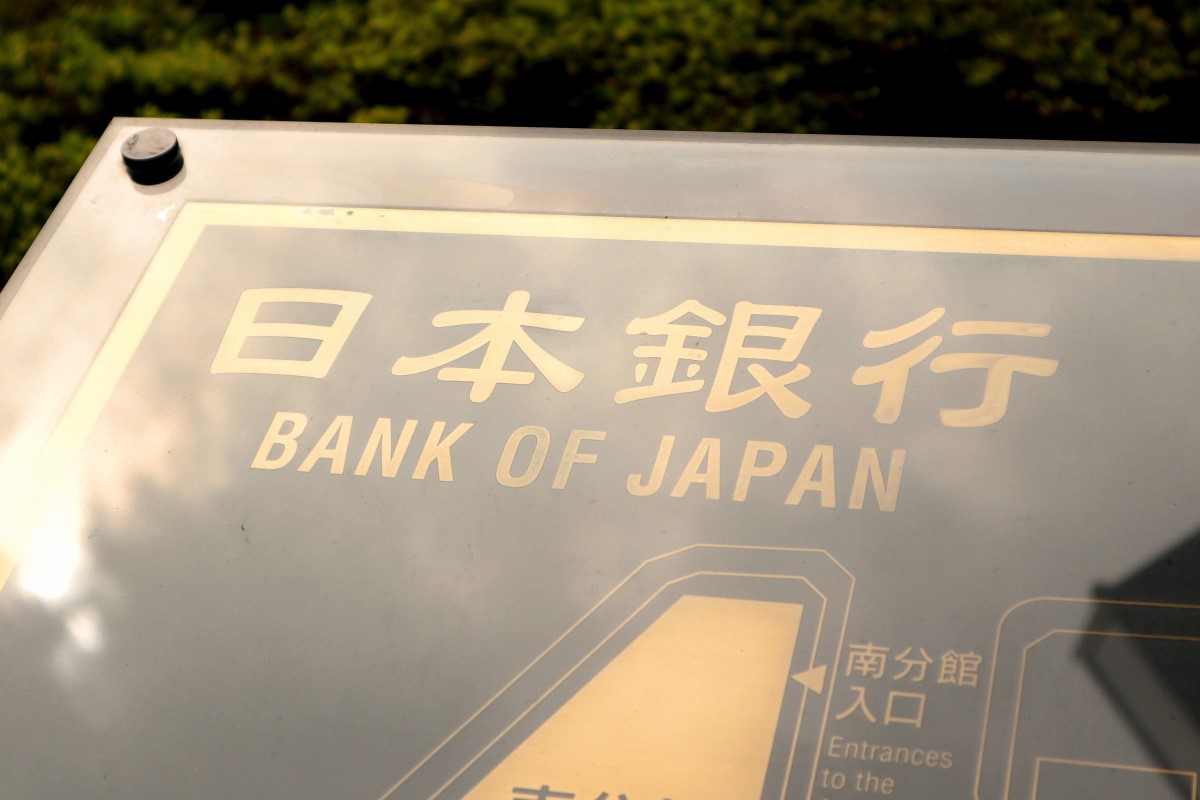The Bank of Japan (BOJ) may be moving towards monetary policy normalization after Governor Haruhiko Kuroda shocked global markets by widening the target range for 10-year Japanese government bond yields. The unexpected move, a shift away from the Bank of Japan’s ultra-loose monetary policy, led to a sell-off in global equities and bonds.
Under the updated Yield Curve Control (YCC) guidelines, the Bank of Japan will allow yields on Japan’s 10-year bonds to fluctuate 0.5% up or down the 0% target, up from its previous cap of 0.25%. However, the central bank kept its key interest rates steady at -0.10%, announced later in the day.
Bank of Japan’s policy pivot?
The move by Kuroda, who is set to step down in April, establishes a base for the new central bank governor to normalize monetary policy. However, this is still speculation as the Bank of Japan has stuck to its view on keeping interest rates in the negative.
“This is neither a tightening nor a step toward an exit. This is a tweak to the monetary policy operation,” the BOJ Governor told media persons. The central bank in a statement said that the move is intended to “improve market functioning and encourage a smoother formation of the entire yield curve, while maintaining accommodative financial conditions.”
Japan’s central bank can control the yield curve as it has been buying 10-year government bonds from the market. The YCC gives it the authority to buy unlimited 10-year bonds. As of September, the BOJ held some $3.92 tn in Japanese government bonds, which is over 50% of the total outstanding balance. The central bank intends to continue with its unlimited bond buying spree and will scale up monthly buying to 9 tn yen ($70 bn) from the 7.3 tn yen so far.
The bond-buying mechanism helps central banks keep interest rates lower, but Japan’s inflation has shot past the 2% target already, with core inflation of 3.6% in October compared to 3% the month before. A Reuters poll predicts that November inflation will have grown by 3.7% YOY, the biggest jump since the 4% rise seen in December 1981.
Separately, the yen comes under pressure from bond buying, as excess liquidity in the market erodes the value of the currency. One the worst-performing currencies in Asia, Japan’s yen propped up 3.17% to 132.56 against the US dollar, a four-month peak, after the announcement from the Bank of Japan.
“The Bank of Japan is reducing its support as it faces a gradual increase in domestic price pressures and higher wage settlements in the upcoming spring wage negotiations. This is not the start of a rate hike cycle, but an indication by the BOJ that the Japanese economy no longer needs as much monetary stimulus,” Modupe Adegbembo, G7 Economist at AXA Investment Managers, told AsiaFundManagers. “The Japanese economy has been characterized by low-interest rates for such a long period that even a small increase in interest rates will have a significant impact on the economy.”
Earlier this month, BOJ Deputy Governor Masayoshi Amamiya had said that a 1% rise in the yields of government bonds could cause the central bank an unrealized loss of 28.6 tn yen ($215 bn). By this calculation, the widening of the yield curve pattern by 0.25% is likely to cause the BOJ an unrealized loss of 7.15 tn yen ($54 bn).










 Australia
Australia China
China India
India Indonesia
Indonesia Japan
Japan Malaysia
Malaysia Philippines
Philippines Singapore
Singapore South Korea
South Korea Taiwan
Taiwan Thailand
Thailand Vietnam
Vietnam Germany
Germany Hong Kong
Hong Kong USA
USA Switzerland
Switzerland Singapore
Singapore
 United Kingdom
United Kingdom








